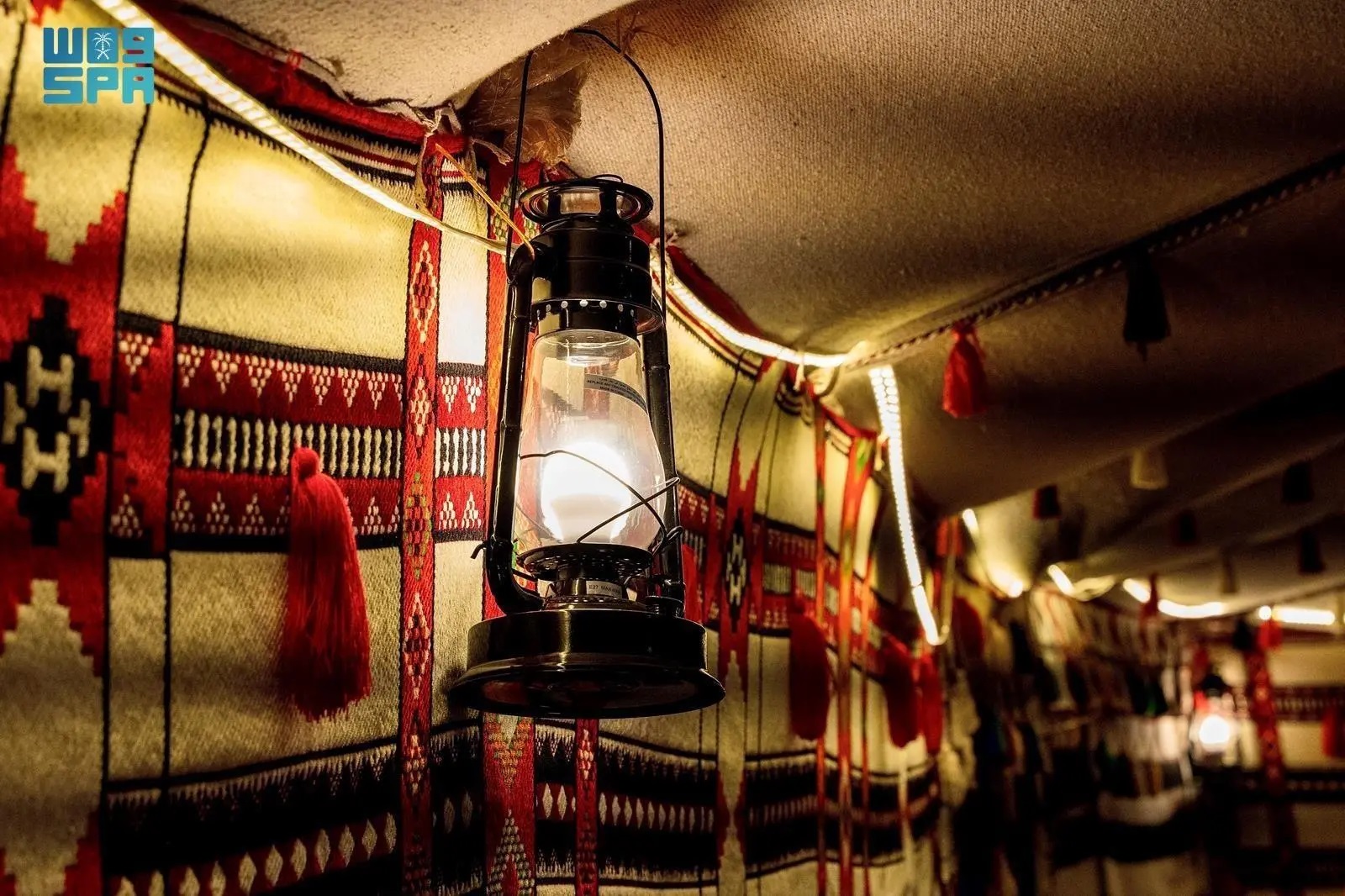
Oil Lamp: A Symbol of Heritage and Simplicity in the Pre-Electric Era
The oil lamp is a prominent symbol of ancient heritage and one of the most important lighting tools that shaped life in the past. Before the widespread use of electricity, it was a constant companion in homes, gatherings, and markets. Thanks to its vital function and simplicity, the oil lamp remains a symbol of warmth, togetherness, and memories of nights illuminated by its gentle glow.
Usually crafted from copper or iron, the oil lamp operates on liquid fuel such as oil or kerosene, which is drawn up to the burner via a cotton wick. A transparent glass chimney surrounds the flame, protecting it from the wind and stabilizing the light.
Despite these simple components, the lamp played a significant role in people's daily lives; it was used to light homes, gatherings, and mosques, accompanied students during study, and added a festive atmosphere to celebrations and social gatherings.
As Fahd Al-Shammari, an elderly man, recounts, the oil lamp was more than just light—it was an integral part of daily life. Lighting it at sunset signaled the beginning of evening gatherings and storytelling, while its fading flame marked the end of the day and the onset of tranquility.
With the advancement of life and the advent of electricity, the use of the oil lamp naturally declined, becoming a testament to a bygone era. Nevertheless, it still holds a special place in people's hearts and is displayed today in museums and heritage festivals as a symbol of authenticity.








